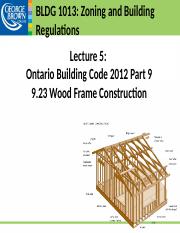

The span of a rafter is not measured along the length of the rafter, but the horizontal distance the rafter covers. Thus a 13’ long floor joist with 1-1/2” bearing on each end is considered to span 12’-9”. That means the part of the joist bearing on a plate is not considered when calculating the span. Most lumber will exceed its rated capacity before it fails by fifty percent.Ī span of a joist or beam is calculated as the unsupported length. The span also depends on the loads expected including dead loads which are the weight of building materials and live loads which are things like people, furniture, snow and wind. A 2 x 8 ceiling joist increased from 18’-9” to 19’-1”.Īllowable spans are based on the strength of the lumber to support the load, how much it will bend under full loading, and the ability of the wood fibers at the supports to resist crushing because of the weight of the load. Before designing a new project with dimensional lumber it may be worth the time to check the new span tables to see if the changes will allow less expensive material.Īs examples of the effect of this change, the span for #2 Douglas Fir 2 x 8’s 16” on center floor joists for a living room floor has been increased from 12’-7” to 12’-9”. There are span tables for floor joists, ceiling joists, rafters, headers and beams. Since most of the lumber we use in our area is Douglas Fir this may allow use of narrower boards. The change is due to more current testing data showing the lumber being harvested today is different than that of several years ago. The spans allowed for Douglas Fir lumber have increased while some other species have decreased.

The 2017 Oregon Residential Structures Code has revised the allowable spans for lumber.


 0 kommentar(er)
0 kommentar(er)
